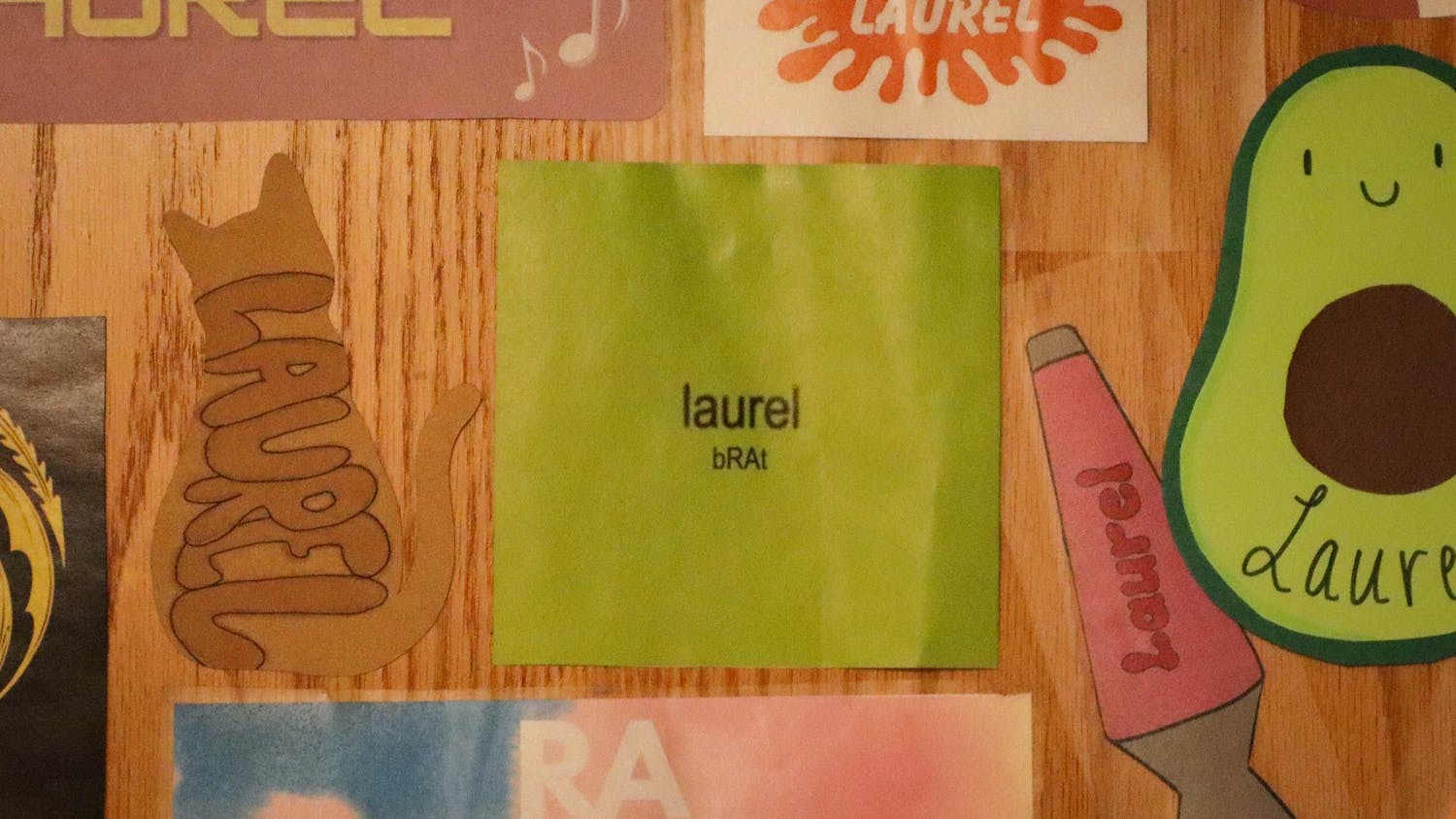In the IU Arboretum pond, massive lotus blossoms open and shut twice daily. Wild onion and nutgrass run tall alongside Seventh Street. Further west, ginseng lies hidden in the leafy terrain of Dunn’s Woods.
These plants on campus are not only edible but have a history of cultivation, according to Mother Hubbard’s Cupboard staff member Stephanie Solomon.
On Tuesday, more than a dozen community members filed into the kitchen of Mother Hubbard’s for Solomon’s workshop “Wild Edibles.” Participants came to learn how to identify wild edibles — first on paper, then in practice — and safely prepare each plant.
As Solomon diagrammed leaves on a whiteboard behind her, handouts of field guide illustrations were passed around the industrial steel table. Thus began a half-hour lesson on common ways to distinguish plants: simple versus compound leaf, toothed or smooth shape.
“We don’t need to be brilliant botanists in order to identify and use edible wild plants, but to learn the families these common identifiers will help you hone your eye to get to be super aware,” Solomon said.
Outside Mother Hubbard’s — dubbed the Hub by its staff — a dense garden provided a handy refresher for the new information.
First up on the agenda was a taste test of wood sorrel, a plant resembling clover. With the sun beating down hard, Solomon plucked a cluster of sorrel from the soil and encouraged participants to sample a leaf. The plant made its way down the line, person by person, until it arrived at 4-year-old Ian.
“It tastes like a lemon,” he said. The crowd laughed.
“I would have never guessed that you can eat this,” retired schoolteacher Ann Phillip said. “I step on it all the time.”
Throughout the tour, the group moved into shade for relief from the dry heat. Questions began to flood in about each plant. “How can I cook the burdock root?” “You could probably prepare it with tabbouli, right?”
Bloomington resident Vickie Bledsoe, a two-time participant in the workshop, said she has been passionate about herbal remedies for years.
“Did you know the yarrow was used in the Civil War as a painkiller?” she said to the group.
While the tour concluded, Hub intern Liz Barnhart steamed the wood sorrel inside and diced potatoes and onions on the side to add texture to the soup. The scent wafted into the pantry area and drew curious onlookers.
Finally, the soup was divided into plastic bowls and distributed.
Participant Gina Brown sampled it carefully and described it it as citrusy and tangy.
“I need to make some for my husband soon,” Phillip said.
Solomon, an IU graduate, now teaches the course L100: Edible Wild Plants at Collins Living-Learning Center. She said she hopes to carry on the legacy of her former professor, the deceased Lucille Bertuccio, who taught the same course.
“She taught me everything I know about plants,” she said.






